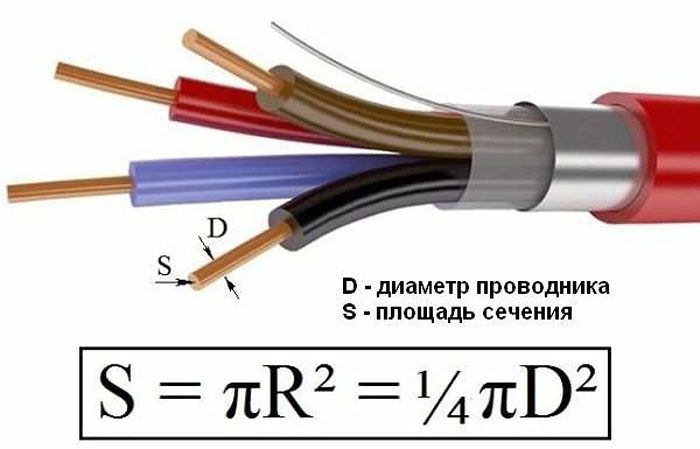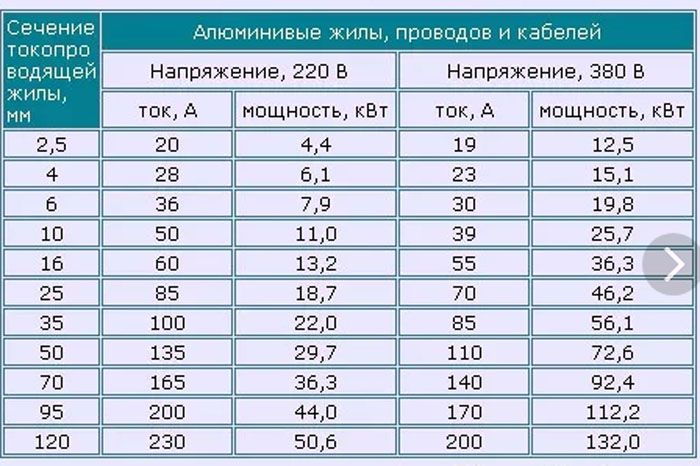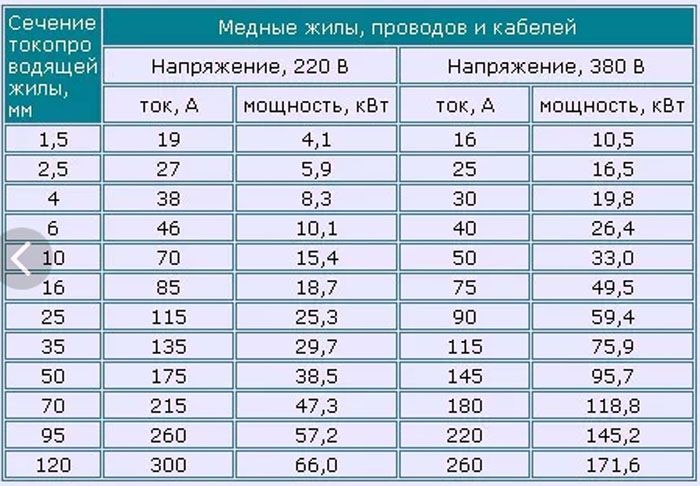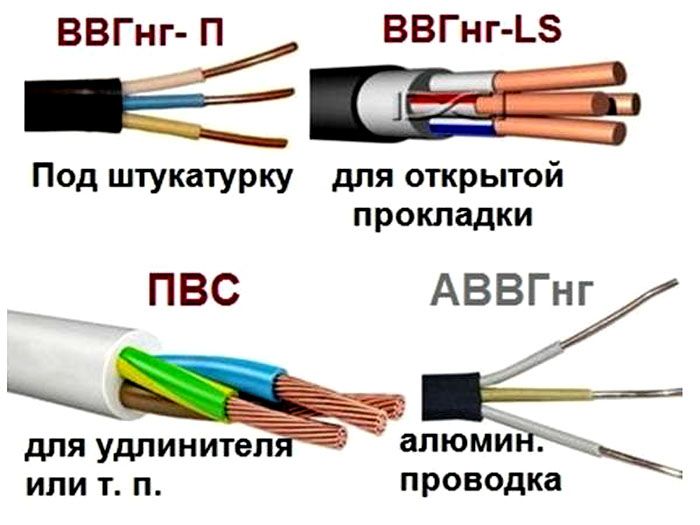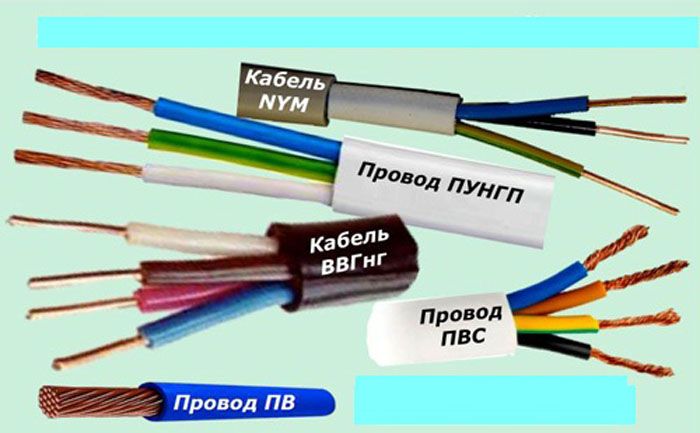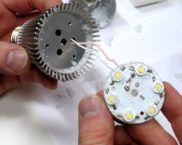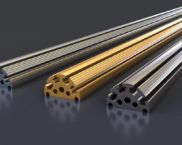Cable power table by section for different voltage classes and installation methods
The cross-section of the conductors of electrical wires and cables used to connect lighting and household appliances, power plants and various equipment depends on the magnitude of the electrical power of these consumers and, accordingly, the electric current flowing through them. The value of the maximum permissible current flowing through the current-carrying conductor for different brands of wires and cables, in accordance with their cross-section and the method of laying, is regulated by the "Rules for the Installation of Electrical Installations" (PUE), chapter 1.3 "Selection of conductors for heating, economic current density and according to the conditions of the crown" ... How to choose a cable for home wiring, as well as a cable cross-sectional power table, which is useful for many jobs, we will tell you about this in today's publication homemaster.techinfolux.com/en/

PUE - the main document regulating all areas of work in electrical installations for various purposes
The content of the article
- 1 How to choose the cable cross-section for loads from the table
- 2 Power cable cross-section calculator
- 3 What explains the difference in the choice of cable cross-section for hidden and open wiring
- 4 What to do if you urgently need to lay the wiring, but there is no required cable section
- 5 How to choose a brand of cable for home wiring
- 6 Video: how to choose a cable for home wiring and not be mistaken
How to choose the cable cross-section for loads from the table
In order to determine the permissible cable cross-section, it is necessary to know the power of the load connected with its use. There are two ways to do this:
- collect information about connected devices using the passports of these products or technical specifications posted on the Internet;
- use the average values for each category of household appliances.
Average values of various household appliances are shown in the following table.
| Device name | Electric power, kW |
|---|---|
| Dishwasher | 1,8 |
| Electric kettle | 1,2 |
| Oven | 2,3 |
| Hair dryer | 1,3 |
| Microwave | 1,5 |
| Iron | 1,1 |
| Air conditioning | 4 |
| Washer | 0,5 |
| TV set | 0,3 |
| Fridge | 0,2 |
| Satellite TV | 0,15 |
| A computer | 0,12 |
| a printer | 0,05 |
| Monitor | 0,15 |
| Hand Electric Tool | 1,2 |
This table does not show all types of household appliances and tools, because their nomenclature is quite large, therefore, if it is necessary to find the required values, one should turn to the Internet, where, using the "search engine", find the power value of the required load object.
Knowing the power values of the electrical load, you can calculate the value of the current that will flow through the conductors during their use. To do this, use the formula:
I = P / Uwhere
- P - power of connected household appliances and electric lighting;
- U - voltage of the electrical network;
- I - the current flowing through the current-carrying conductors when the devices of a given power are turned on.
Note! When performing this calculation, the power value is taken in kilowatts (kW), and when adding this value - in Watts (W), the resulting value must be converted to kW, for which it must be divided by one thousand.
Having calculated the strength of the current flowing through the conductor when connecting the maximum possible load in a given section of the electrical circuit, you can determine its cross section.
Important! For copper and aluminum current-carrying conductors, the values of the maximum permissible current differ, so this should be taken into account without fail when selecting the cable (wire) cross-section.
Selection of the cross-section of copper or aluminum wire for power and current
As can be seen from the formula (by which the electric current was determined), when a certain power is connected, the value of the current directly depends on the voltage of the electrical network at which the connected devices operate. In this regard, the values of the maximum permissible current at different voltage classes are given in the technical literature separately, as well as for different brands of current-carrying conductors, namely:
Note! AWG is the American Wire Gauge System, which is determined by the technology of their manufacture and determines the dependence of the AWG index on the thickness of the conductor. The smaller the AWG gauge, the thicker the wire.
Selection of cable cross-section according to PUE
As already written above, in the preamble to this article, the correspondence of the cable (wire) cross-section and other electrical quantities (current and power, length and method of laying) are regulated by the "Electrical Installation Rules". In accordance with this technical document, the values of permissible currents, in addition to the above considered indicators, are also classified according to the method of their laying, as well as the type of insulation used in the manufacture of wires and cables, namely:
- For wires and cables with rubber and PVC insulation with copper conductors.
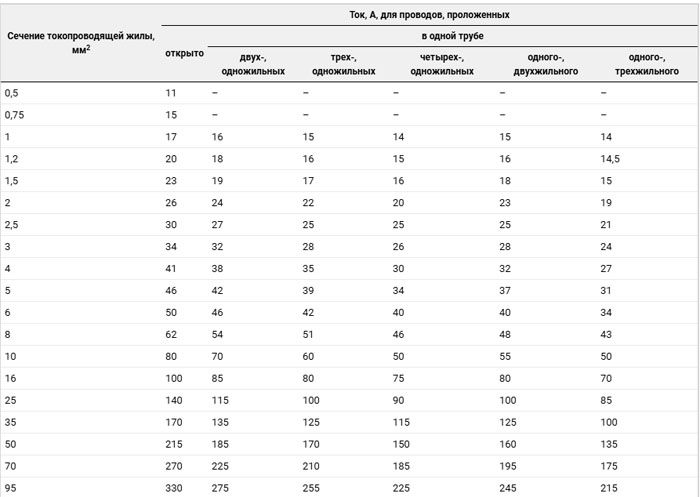
- For wires and cables with rubber and PVC insulation with aluminum conductors.
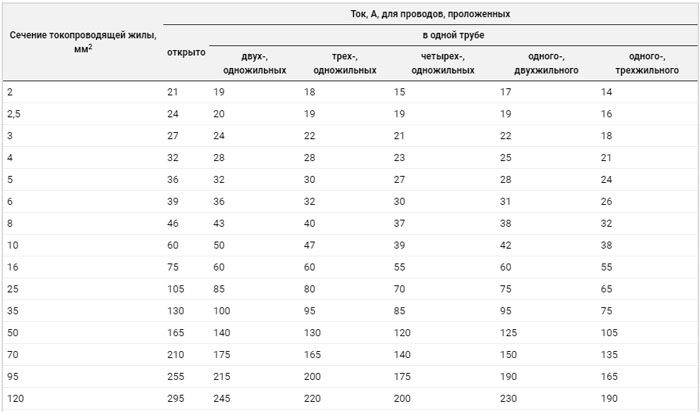
- For wires and cables with rubber insulation with copper conductors and protective sheath.
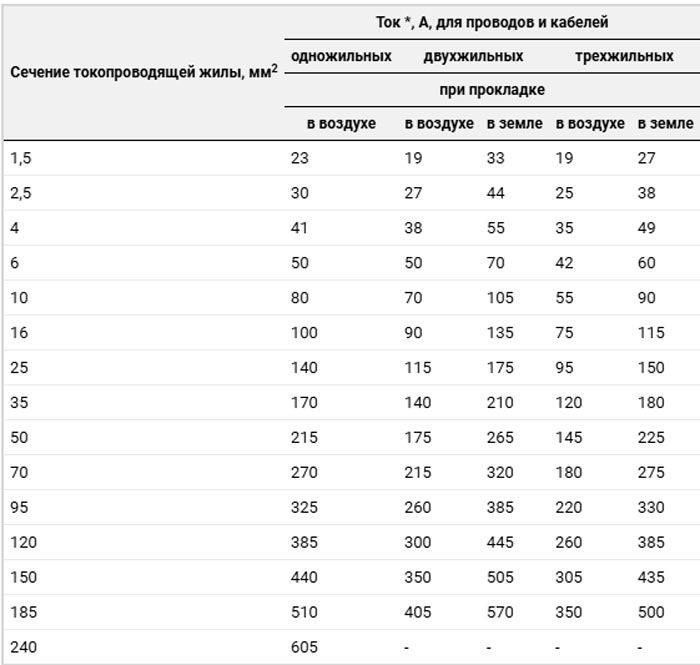
- For wires and cables with rubber and PVC insulation with aluminum conductors and protective sheath.
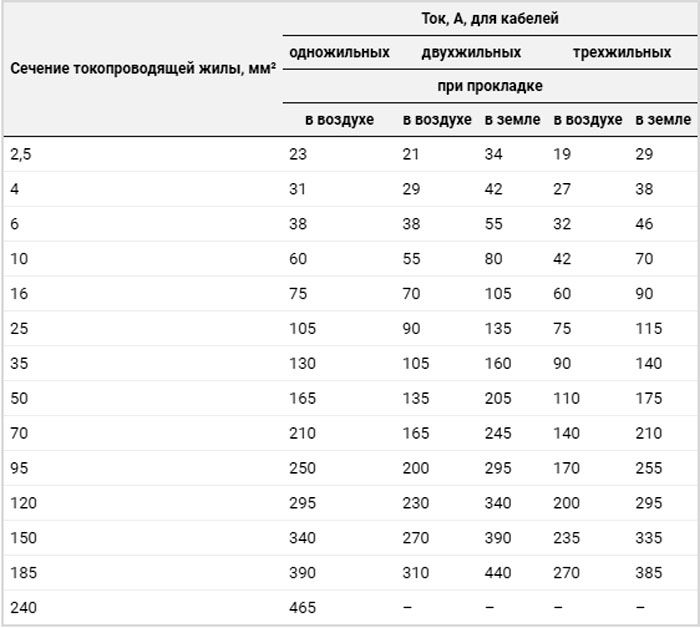
Power cable cross-section calculator
What explains the difference in the choice of cable cross-section for hidden and open wiring
During the flow of electric current through current-carrying conductors, they heat up, as a result of which heat is released from their surface, and as a result, the dielectric properties of the insulation used in the manufacture of wires and cables change. With open wiring, cooling occurs more intensively, therefore, the values of the maximum allowable currents for this installation method are higher, and with hidden wiring, cooling is less effective, and, accordingly, the cross-sectional value of the core is less.
What to do if you urgently need to lay the wiring, but there is no required cable section
Currently, you can find electrical wires and cables of various brands and in a wide range of cross-sections on sale, however, when installing electrical wiring, situations may arise when the cable of the required cross-section has ended and there is no way to quickly purchase it. In this case, a similar problem can be solved in two ways:
- change the power supply scheme, thereby redistributing the loads in the main and group electrical circuits;
- use wires and cables of a smaller cross-section, but include them in parallel, laying several lines in the section of the circuit to be installed (two, three, etc.).
Important! When using a cable with a smaller cross-section than is required according to the design diagram, the total value of the cross-sections of the conductors to be laid must correspond to the cross-section of the calculated conductor.
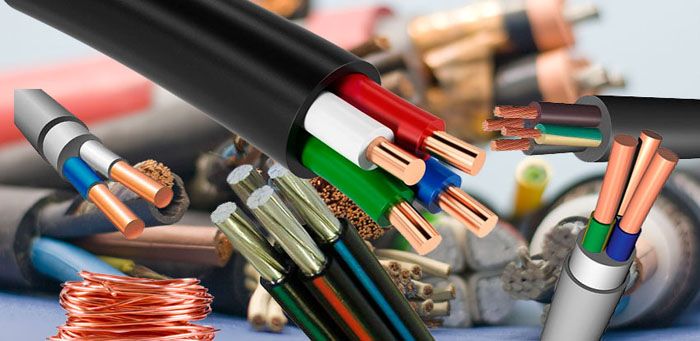
Electrical wires and cables differ in the type of insulation and conductor, which determines the possibility of their use for different types of electrical wiring
How to choose a brand of cable for home wiring
When choosing a brand of cable for performing electrical work, the main document on the basis of which you can make the right choice is the "Rules for the Installation of Electrical Installations", section 2 "Sewerage of electricity".
Important! Currently, only wires and cables with copper conductors are allowed for installation for electrical wiring of residential buildings.
The general criteria for choosing a cable for home wiring will be the following indicators:
- Laying method - hidden or open.
- The material of the building structures on which the laying will be carried out is combustible or non-combustible.
- The class of the premises for the aggressiveness of the environment is wet, fire hazardous, explosive.
- Method of attachment to building structures - brackets and tray, cable and cable channel, as well as other options.
- Section of the current-carrying conductor.
- Manufacturer reliability.
- Cost.
The method of laying along building structures, their types and the brand of cable (wire) are regulated by the PUE, as are the requirements for electrical wiring in various types of rooms, but there are no strict requirements for the method of fastening wires and cables. According to this indicator, each user decides for himself which wire is better for him to use, because rigid brands (single-wire) are easier to connect to wiring products and make connections in junction boxes, and flexible (multi-wire) ones are easier to mount. The reliability of cable products is directly related to the manufacturer's brand and, accordingly, is reflected in its cost - the more famous the company, the more expensive the product offered for sale is.
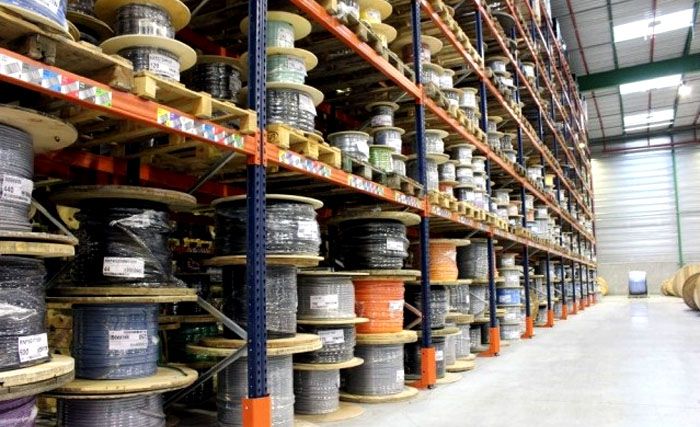
Cable products can be purchased from large companies specializing in electrical products or at hardware stores within walking distance
Using the above selection criteria, as well as being guided by the requirements of the PUE, each user can independently choose the brand of cable or wire that can be used for a specific object - an apartment, a summer residence or a country house.



